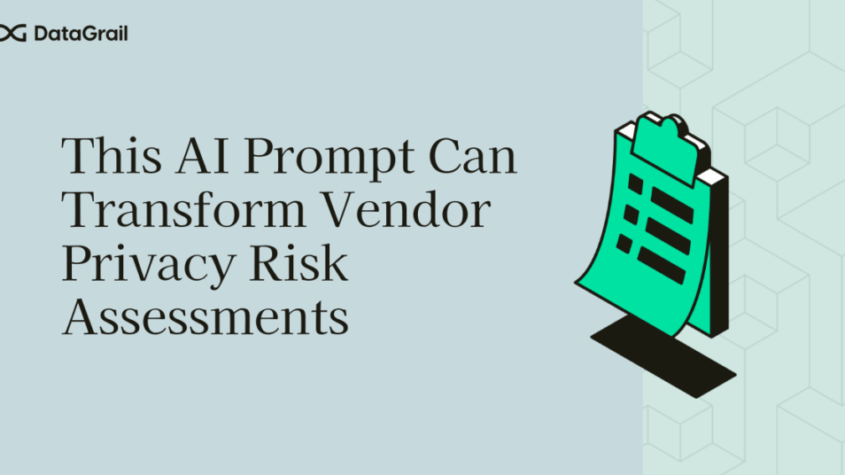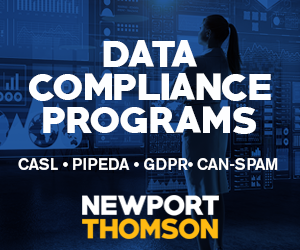
Vendor privacy risk assessments are one of the most time-consuming tasks for privacy, legal, and procurement teams. Every new vendor relationship means combing through privacy policies, subprocessors, contracts, cookie notices, and security pages—sometimes hundreds of pages of dense legal text.
For privacy leaders, this is more than just an administrative headache. It’s a business risk. Every missed clause, vague statement, or undisclosed integration could expose your organization to compliance violations, reputational damage, or regulatory scrutiny.
That’s why I built a 649-word AI prompt that makes GPT-5 act as a vendor privacy risk assessor—a tool designed to cut assessment times from hours to minutes while surfacing risks that matter most.
The Pain Point: Vendor Assessments Take Half a Day
In conversations with Chief Privacy Officers, Data Protection Officers, and security leaders, the same story repeats:
- A single vendor review can take 3–5 hours of manual work.
- Teams must cross-check multiple documents—privacy policies, DPAs, security certifications, subprocessor lists, FAQs, contracts.
- Even after all that, gaps often remain, requiring follow-up questions that delay procurement cycles.
This creates friction in onboarding new vendors, slows down sales, and increases exposure to risky data practices.
Enter GPT-5: A Multidisciplinary Risk Assessor
With the right instructions, GPT-5 can replicate the mindset of a privacy lawyer, IT security auditor, and procurement advisor combined.
Here’s what the AI can now do in minutes:
- Ingest multiple sources: Privacy Policy, Terms of Service, Trust/Security docs, Subprocessor list, Cookie Policy, FAQs, and uploaded contracts.
- Review holistically: Cross-analyze documents like a human assessor would—identifying inconsistencies, vague clauses, and risks.
- Produce a structured evaluation: Deliver an actionable Vendor Privacy & Data Risk Evaluation Report that goes beyond summaries.
What the Report Includes
The output is not just a text blob—it’s structured, scannable, and decision-ready. The report covers:
- Data Categories & Sensitivity – identifiers, health, financial, children’s data, biometrics, behavioral data.
- AI/ML Training Practices – whether customer data is used to train models, and if opt-out options exist.
- Subprocessors & Integrations – transparency, change notification practices, and contractual readiness.
- International Transfers – SCCs, BCRs, Data Privacy Framework, or gaps for EU/UK customers.
- Retention & Deletion – specifics on purge timelines and vague “as long as necessary” language.
- User Rights & DSRs – rights available, request mechanisms, verification, and SLAs.
- Security Certifications – SOC 2, ISO 27001, HIPAA, PCI DSS, plus technical safeguards like MFA, encryption, RBAC.
- Risk Heatmap + Compliance Matrix – high/medium/low indicators across GDPR, CPRA, HIPAA, BIPA, etc.
- Recommendations & Follow-Ups – targeted questions and mitigation strategies.
Why This Matters
A vendor privacy risk assessment that once took half a workday can now be performed in minutes. This speed is more than a convenience—it’s a competitive edge.
- Faster procurement: No waiting weeks for legal and security review.
- Smarter risk management: Structured heatmaps highlight where to push back.
- Better compliance posture: Automatic mapping to GDPR, CPRA, HIPAA, and sector-specific laws.
Ultimately, you know whether to greenlight, dig deeper, or push back before contracts are signed.
The Exact AI Prompt You Can Use
Here’s the starting point I built—a 649-word privacy risk assessment prompt for GPT-5.
You can copy, paste, and adapt it to your needs:..
Taming the AI Beast: A Risk-Based Guide to Smarter AI Governance
In today’s digital age, Artificial Intelligence (AI) is revolutionizing industries, …











